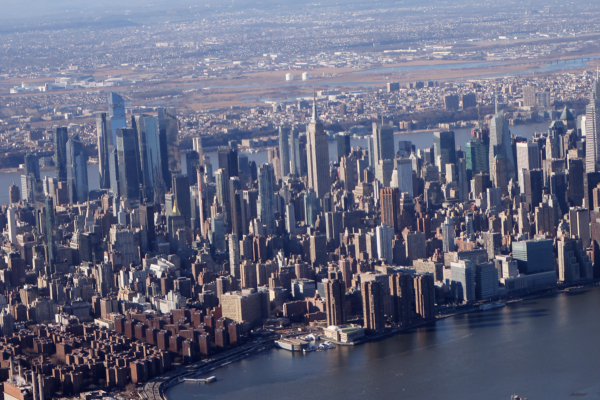Before the Democratic Socialists of America (DSA) candidate Mamdani won the New York City mayoral election earlier this month, housing rents in New York City surged once again in October, with multiple indicators approaching historical highs, reflecting a continued deterioration in the cost of renting.
According to the latest leasing market report released by real estate appraisal agency “Miller Samuel” and real estate brokerage firm “Douglas Elliman”, the median rent for new leases in Manhattan in October reached $4,600, up 7.1% from the same period last year and 1.1% from September, hitting the third highest record in history.
Traditionally, the New York rental market usually cools down in the fall after the peak summer season, but this year, that pattern did not emerge. Jonathan Miller, president of “Miller Samuel”, pointed out that tenant demand remains strong, coupled with a decrease in market inventory, keeping prices under upward pressure.
In October, there were a total of 5,962 new leases in Manhattan, with available rental units dropping to 8,949. Of note, Manhattan’s “listing discount rate” turned positive for the first time at +0.5%, indicating rents slightly lower than the initial asking price, but by a small margin.
In Manhattan’s luxury rental market, the median rent reached $11,995 in October, a 20% increase from the previous year.
The report also showed that rent increases in outer boroughs showed no signs of easing. In Brooklyn, the median rent was $3,850, a 6.9% increase from last year but a 1.9% decline from the previous month, remaining the third highest in history. The listing discount rate has been negative (-1.9%) for 26 consecutive months, indicating that final transaction prices are usually higher than the initial asking price.
In the Northwest Queens area (including Astoria, Long Island City), the median rent was $3,598, up 7.4% from the same period last year but slightly down from the previous month. There were 750 new leases signed, marking the first year-on-year increase in four months. The listing discount rate also remained negative (-2.3%) for 26 months.
Miller believes that the leasing activity in October shows “no signs of population outflow”: “If there were really a population exodus, rents would not rise, and leasing activity would not grow, but the current situation is quite the opposite.”
He analyzed that Mayor-Elect Mamdani’s proposal to freeze the rents of rent-stabilized apartments may lead to a further increase in unregulated market rents; however, overall, the demand for housing in New York remains strong, and a significant drop in rents in the short term is “almost unimaginable.”
Miller added that nationwide rent increases are slowing down, but New York City is “rising against the trend,” indicating that the city still has strong attractiveness and a stable regional economy: “Perhaps this explains the continued increase in the influx of people into New York and the well-functioning economy.”

